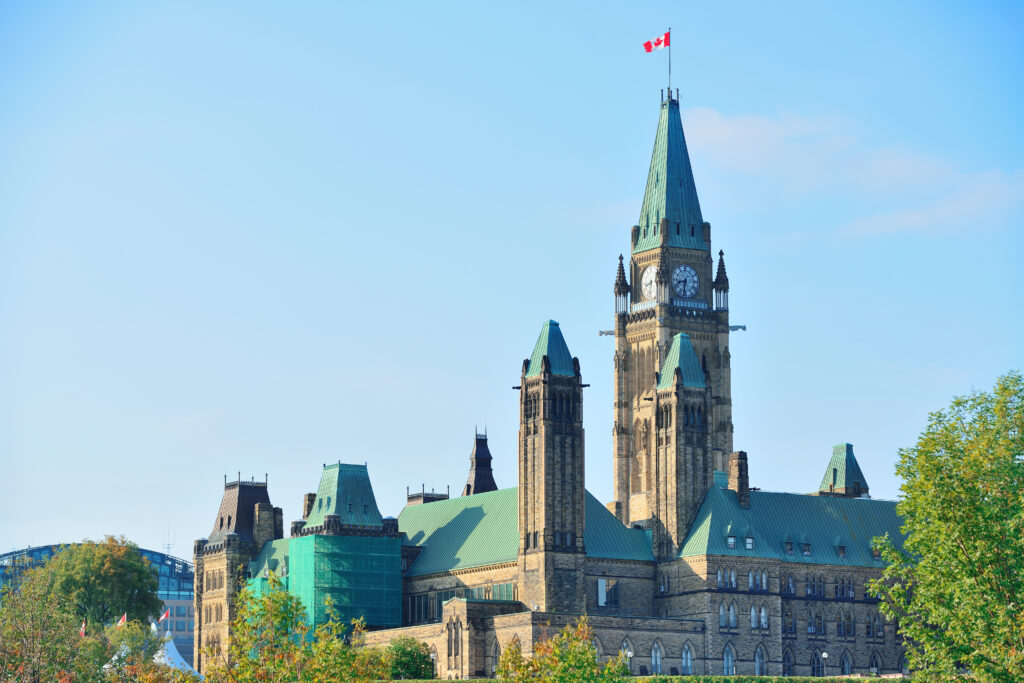This article contains data from a 2022 Statistics Canada study that captures data up to 2018.
Source: CIC News
Many international students who graduate from eligible Canadian Designated Learning Institutions (DLIs) utilize the Post-Graduation Work Permit (PGWP) Program to extend their stay in Canada in order to work and build a life in this country.
Note: As defined by the Canadian government, a DLI is “a school approved by a provincial or territorial government to host international students.”
In fact, in a review of PGWP holders by yearly graduation cohort, the total number of PGWP holders in Canada has risen every year. According to the study, 29% of graduates from the 2008 cohort held a PGWP five years later. That number rose an additional five percent for the 2009 graduating class and has continued rising steadily. The 2013 graduating cohort saw 52% of its graduates obtain a PGWP five years later.
Further exemplifying the growth of the PGWP, statistics show a 528% increase in the total number of PGWP holders between 2008 and 2018 (from 10,300 to 64,700).
Why have more international students sought PGWPs?
Notably, at the time of writing, Canada has over 807,000 international students holding valid study permits across the country.
According to data from Statistics Canada, the reason for the rising prevalence of the PGWP is two-fold: PGWPs allow international student graduates to make earn a living in Canada and they are a valuable tool for obtaining permanent residency in this country.
Median earnings for PGWP holders up between 2008 and 2018
In the 2018 tax year, the median average “earnings for valid [PGWP] holders with positive T4 earnings” was $26,800. In 2008, that figure was just $14,500 (in 2018 dollars).
Appropriately, there is now significantly greater earning potential for PGWP holders across Canada, giving credence to the rise in PGWP holders over time.
Note: In 2008, the lowest median earnings for PGWP holders in any province was $10,600 (Quebec). 2008’s highest earnings were recorded in Alberta, where PGWP holders saw median average earnings of $24,000. Those numbers ballooned to $23,200 (Quebec) and $32,000 (Alberta), respectively, in 2018.
PGWPs are allowing more international students to become permanent residents in Canada
Through the PGWP, permit holders are increasingly becoming able to transition to becoming Canadian permanent residents (PRs) after completing their education.
PGWPs are the main way for international students to work in Canada upon graduation from a Canadian DLI. These open work permits allow holders to work for any Canadian employer of their choice for a maximum of three years.
Note: The actual length of a PGWP will depend on the length of the post-secondary program from which the permit applicant graduated.
The work experience gained through a PGWP can thus prove very beneficial for prospective PRs, as many permanent resident pathways in this country directly reward candidates who possess Canadian work experience.
Therefore, PGWPs can have a direct impact on the success that international students experience with acquiring permanent resident status in Canada, further explaining the increased popularity of this work permit program over time.
In fact, according to Statistics Canada’s data, “almost three-quarters of all PGWP holders became permanent residents within five years of having obtained their PGWP”.
Although these numbers vary among PGWP holders who obtained different educational credentials (ex. bachelor’s vs master’s degree etc.), it is evident that an increasing number of Canadian international students are now using the PGWPP to help them transition from their educational career to life as a PR in Canada.
More about the PGWP
The above-outlined data explains why current international students, as well as individuals looking to study in Canada in the future, would benefit from learning about the PGWP should they intend to eventually become permanent residents in Canada.
International students currently in Canada or those considering a future education in Canada can click here to learn more about this increasingly prevalent Canadian work permit program.


 info@clickimmigration.com
info@clickimmigration.com